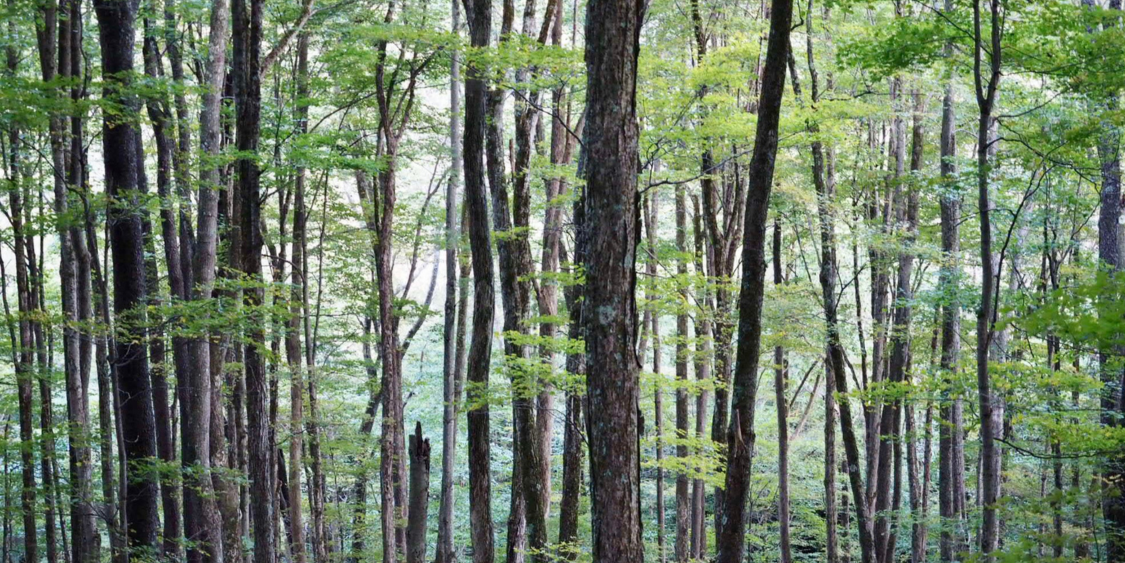By Olivia Miller
Winter is officially behind us, and brighter, warmer days on the trails lie ahead.
It has never been a question to me whether hiking (walking in nature) “works.” After a few miles on a trail, I experience my mind settling. A few miles more, and I have found a flow, with free-roaming, imaginative thoughts wandering through my mind. I am simply at ease. Hiking has always been meditative for me in a sense, and by the end of a good hike, I can think clearly and positively again. I am a better version of me.
But the scientific, information-oriented side of my brain needs to understand why this happens to me and to so many others who are frequent hikers. How is it possible that simply walking in nature could deliver such profound physical and mental health benefits?
Fortunately, there is a growing body of literature—currently amounting to some 43,000 studies from around the world—that explain how and why walking in nature works to rejuvenate our bodies and minds. I will not be able to summarize all of these studies in this article, but I’d like to cover a few that are particularly interesting to me.
A large chunk of these studies come from South Korea and Japan, where Shinrin-Yoku, or forest bathing, is part of the public health system. It can be considered a short, casual visit to the forest. I just adore the term forest bathing.
One such study took place in Japan in 2005 and set out to understand the effect of forest bathing trips on human immune function. The study participants got a pretty sweet deal: A three-day overnight trip to a forested area in exchange for their blood and urine samples. The samples were collected the day before the trip as a control, on days two and three, and again on days seven and 30 after the trip.
Importantly, when we visit a forest, we breathe in what are called phytoncides. Phytoncides are oils released by trees, and there are thousands of them. They contain natural antimicrobial and insecticidal properties that protect trees from harmful bugs, bacteria and disease. We are most likely to get a good whiff of D-limonene, Alpha-pinene, Beta-pinene and Camphene on our forest visits.
Scientists have discovered that when humans inhale phytoncides, miraculous things happen in our bodies.
In the case of the experimental forest bathers in Japan, the urine and blood samples taken from day two revealed an increase in Natural Killer Cell activity as a result of phytoncide exposure. Natural Killer Cells are a type of white blood cell that destroy infected and diseased cells. These cells fight viruses and tumors in our bodies. They are critical to the function of our immune system. The researchers found that this increase in Natural Killer Cell activity remained for thirty days after the trip. In contrast, visiting the city as a tourist did not increase Natural Killer Cell activity.
Further studies on the topic have found that forest bathing trips significantly decrease scores for anxiety, depression and anger. Researchers have also found that a mere 20-minute walk among trees can substantially lower salivary cortisol levels, the primary stress hormone.
Beyond the immune boost, a walk in nature actually alters our brain function. Researchers have tied this to our evolution and, oddly enough, to our vision.
As humans evolved from four feet to two, we began to walk upright and much more efficiently. As we began to walk and entertain ourselves with more productive pursuits, the prefrontal cortex in our brain began to expand.
The prefrontal cortex is the part of our brain responsible for discerning thought. It allows us to understand the relationship between our actions and consequences, and it is the region that is most consistently impacted by depression. This explains why when we walk at a normal pace, the prefrontal cortex is activated. When we put one foot in front of the other, we are naturally able to do more discerning thinking. It is no surprise, then, to hear that esteemed thinkers like Beethoven and Van Gogh, or naturalist Henry David Thoreau, all walked to develop their ideas.
Another fascinating explanation for the positive effects of nature can be found in fractals. Fractals are commonplace in the natural world. They consist of patterns that recur on finer and finer scales and build in immense complexity. Fractals are the repeated patterns you see in a fern, in tree rings, the petals of a flower, a pinecone or droplets in water.
Even more captivating is that our retinas are also made up of these never-ending patterns. So, when our eyes meet fractal patterns in nature, an almost instant, beautiful congruence begins to happen, and this congruency creates alpha waves in our brains.
Alpha waves are produced when we are relaxed. They have a positive effect on concentration and attention span and are linked to many mental health benefits. Researchers have found that looking at a fractal can reduce stress levels by 60 percent.
Seeing these patterns registers as a sense of belonging, and we begin to recognize our kinship with nature. Which may explain the feeling of “reconnection” after we’ve spent a good deal of time outdoors.
Our bodies and minds have not changed that much in the last 10,000 years, but our lifestyles and the stimulus around us have. Hiking is our reconnection. As we navigate the complexities of modern existence, I find solace in knowing how simple it is to restore and rejuvenate our bodies and minds underneath the canopies of trees.
As part of the “anxious generation” plagued by a rise in stress-related ailments, to me, nature is our way out. Or rather, back to ourselves.
I hope I’ve inspired you to get out on the trail. WVHC is planning several group hikes this summer to old-growth forest tracts around the state, and we would love for you to join us. Check out the events calendar on our website.

